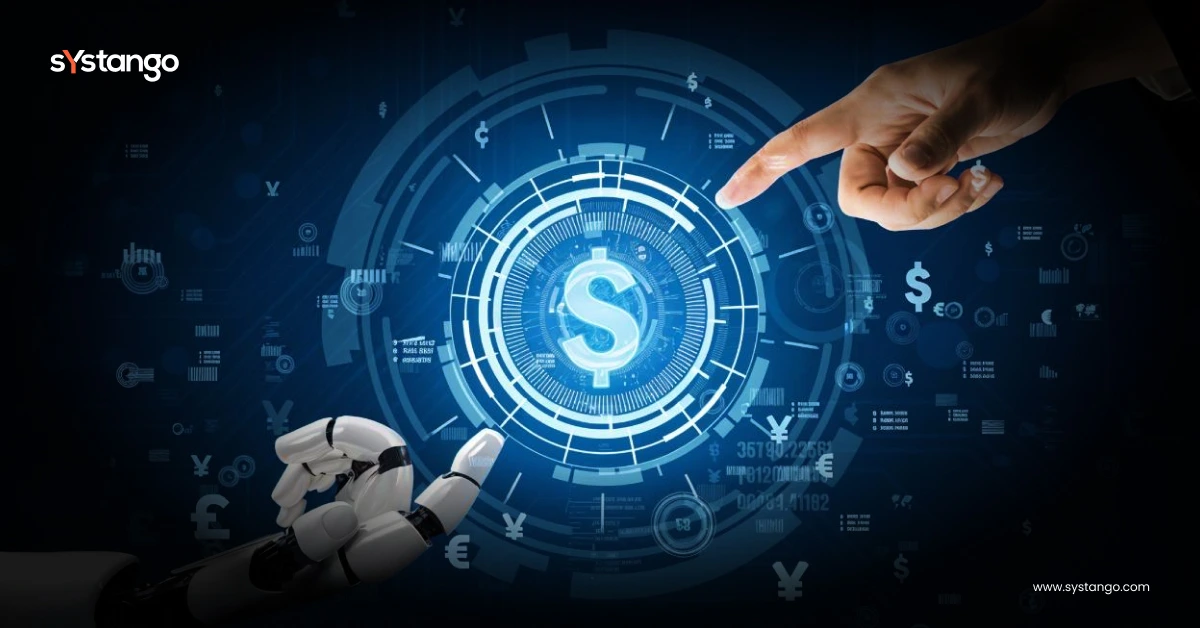Generative Analytics – The Future of Data-Driven Insights

Stuck in a data fog, craving for valuable business insights?
Traditional analysis can feel like paddling through dark waters, struggling to see the bigger picture. We pore over reports, charts, and figures, yet crucial patterns and possibilities remain shrouded in mist.
But there’s good news! Positive developments are on the horizon as Generative Analytics, driven by Artificial Intelligence, prepares to provide a comprehensive perspective on the subject. This innovative approach promises to unveil a nuanced and rich reservoir of valuable insights within the realm of data analytics.
Think of a retailer drowning in customer data, yet their sales haven’t budged. Frustrated by missed opportunities, they turn to Generative Analytics. This revolutionary approach doesn’t just analyse existing data, it invokes brand-new, realistic data sets based on what it already knows.
But how does this work? And how does it connect to other AI-powered data smarts like AI Analytics and Predictive AI?
Get ready to ditch the foggy pond and dive into the crystal-clear ocean of data insights. The future of AI and data analytics is here, and it’s powered by the spellbinding magic of Generative Analytics.
Key Takeaways
I. Demystifying the Terms: AI Analytics, Predictive AI, and Generative Analytics
A. What is AI Analytics: Your Superpowered Magnifying Glass for Data
B. What is Predictive AI: Your Crystal Ball Powered by Data
C. Generative Analytics: Painting Masterpieces on the Canvas of Your Data
I. Demystifying the Terms: AI Analytics, Predictive AI, and Generative Analytics
A. What is AI Analytics: Your Superpowered Magnifying Glass for Data
Ever surprised by an ad mirroring your recent thoughts? It’s not telepathy, but AI Analytics!
Think of it as a digital detective, meticulously combing through data mountains to uncover hidden patterns.
These insights predict your needs, tailor personalised experiences, and even empower businesses with better decisions. So, when you encounter an uncanny ad, remember it’s AI Analytics working its invisible magic, illuminating the hidden pathways within the data jungle.
B. What is Predictive AI: Your Crystal Ball Powered by Data
Now that you know what AI Analytics is, let’s journey a step further with Predictive AI.
Picture it as your very own crystal ball, fuelled by data. It devours historical data, identifies patterns, and then, with a touch of AI and data analytics, forecasts the future. Will online shoppers flock to your new product launch? Will a specific marketing campaign resonate with your target audience? Predictive AI provides valuable clues, empowering you to navigate the uncertainties of tomorrow with greater confidence.
C. Generative Analytics: Painting Masterpieces on the Canvas of Your Data
Here’s where things truly get exciting.
Enter Generative AI Analytics: your brushstroke-to-masterpiece transformation tool for data. It goes beyond analysing existing data; it creates brand-new, realistic data sets based on what you already know. Think of it as taking a single brushstroke of a customer profile and expanding it into a vivid portrait, revealing hidden preferences, purchase behaviours, and even potential responses to future scenarios. This empowers you to test hypotheses, simulate different strategies, and personalise experiences with unprecedented detail.
So, if we have to define Generative Analytics, it would say:
“Generative Analytics is a powerful tool transforming the data landscape. It’s no longer just about understanding the past; it’s about shaping the future by harnessing the power of AI to create, predict, and explore the boundless possibilities within your data.”
II. Conclusion
Generative Analytics is emerging as a game-changing evolution in the world of data. Moving beyond static dashboards and historical analysis, it opens the door to creativity, simulation, and forward-thinking strategies. If you’re ready to transition from reactive insights to proactive innovation, this new era of analytics is for you.

Curious how Generative Analytics fills data gaps, simulates future scenarios, and personalises user experiences?
Dive into the details in Part 2.






